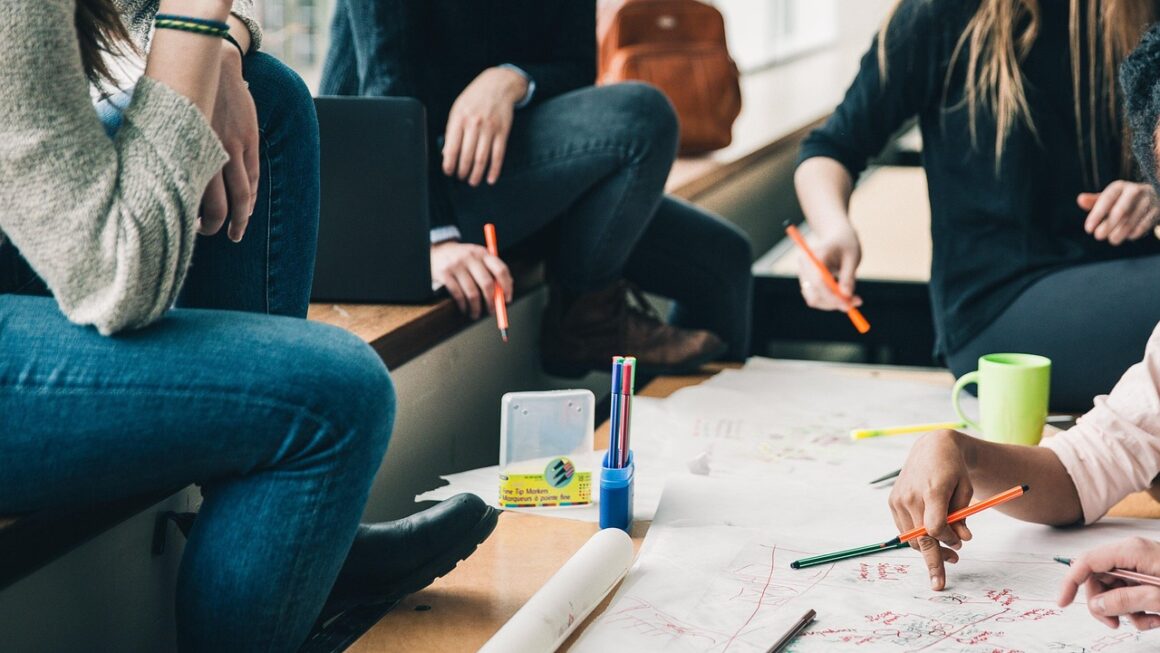Friendships are the cornerstones of a happy and fulfilling life, providing us with support, laughter, and companionship. But maintaining strong friendships requires consistent effort, and at the heart of that effort lies effective communication. How we talk to, listen to, and interact with our friends directly impacts the strength and longevity of these vital connections. This article dives into the nuances of friend communication, offering actionable tips and insights to help you nurture your friendships and communicate more effectively.
Understanding the Importance of Communication in Friendships
Building and Maintaining Connection
Communication is the lifeblood of any relationship, and friendships are no exception. It’s through open and honest dialogue that we build trust, understand each other’s perspectives, and navigate the ups and downs of life together. Without consistent and meaningful communication, friendships can easily fade into the background.
- Example: Sharing your daily struggles and successes with a friend not only strengthens your bond but also allows them to support you and celebrate with you.
- Benefit: Regular communication helps prevent misunderstandings and resentment from building up over time.
Expressing Needs and Boundaries
Effective communication allows you to express your needs, boundaries, and expectations in a clear and respectful manner. This is crucial for maintaining healthy friendships where both parties feel valued and respected.
- Example: If you’re feeling overwhelmed and need to reschedule a planned outing, communicating this clearly and offering an alternative time shows respect for your friend’s time and feelings.
- Actionable Takeaway: Don’t be afraid to voice your needs, but always do so with empathy and consideration for your friend’s perspective.
Navigating Conflict and Disagreements
Disagreements are inevitable in any relationship, but healthy communication skills can help you navigate conflicts constructively and maintain the integrity of the friendship. Learning to listen actively, express your feelings calmly, and find mutually agreeable solutions is essential.
- Example: Instead of blaming your friend during a disagreement, use “I” statements to express your feelings (e.g., “I feel hurt when…” instead of “You always…”).
- Data Point: Studies show that couples and friends who communicate effectively during conflict are more likely to maintain healthy and lasting relationships.
Active Listening: The Foundation of Good Friend Communication
Paying Attention and Showing Interest
Active listening goes beyond simply hearing the words your friend is saying. It involves paying close attention to their body language, tone of voice, and underlying emotions. Show genuine interest in what they’re sharing and create a safe space for them to open up.
- Technique: Maintain eye contact, nod your head, and use verbal affirmations (“I see,” “That makes sense”) to show you’re engaged.
- Example: Put your phone away and give your friend your undivided attention when they’re sharing something important.
Asking Clarifying Questions
Asking thoughtful questions demonstrates that you’re actively listening and helps you gain a deeper understanding of your friend’s perspective. Avoid interrupting or jumping to conclusions; instead, focus on clarifying any ambiguities and encouraging them to elaborate.
- Example: “Can you tell me more about what you mean by…?” or “How did that make you feel?”
- Benefit: Clarifying questions prevent misunderstandings and show your friend that you value their thoughts and feelings.
Providing Empathetic Responses
Empathetic responses validate your friend’s feelings and demonstrate that you understand their perspective. Avoid dismissing their emotions or offering unsolicited advice; instead, focus on acknowledging their experience and offering support.
- Example: “That sounds really challenging,” or “I can understand why you’re feeling that way.”
- Actionable Takeaway: Put yourself in your friend’s shoes and try to understand their perspective before offering any advice or solutions.
Nonverbal Communication: The Silent Signals
Understanding Body Language
Nonverbal cues, such as facial expressions, posture, and gestures, play a significant role in communication. Pay attention to your friend’s body language to gain a better understanding of their feelings and emotions.
- Example: Crossed arms and a furrowed brow might indicate defensiveness or discomfort, while a relaxed posture and open smile suggest openness and receptivity.
- Tip: Be mindful of your own body language and how it might be perceived by your friend.
Tone of Voice and Inflection
The tone of voice and inflection you use can significantly impact the meaning of your words. Be mindful of your tone and ensure that it aligns with the message you’re trying to convey.
- Example: A sarcastic or dismissive tone can damage a friendship, even if your words are technically neutral.
- Benefit: Using a warm and friendly tone can help create a more positive and supportive communication environment.
Cultural Considerations
Nonverbal communication can vary significantly across cultures. Be aware of cultural differences in communication styles and avoid making assumptions based on your own cultural norms.
- Example: Eye contact is considered a sign of respect in some cultures, while it might be seen as aggressive or confrontational in others.
- Actionable Takeaway: Research and educate yourself about different cultural communication styles to avoid misunderstandings and build stronger friendships with people from diverse backgrounds.
Maintaining Communication in the Digital Age
Utilizing Various Communication Channels
In today’s digital world, there are countless ways to stay connected with friends. Utilize a variety of communication channels, such as phone calls, text messages, social media, and video chats, to maintain regular contact and cater to different communication preferences.
- Example: Use text messages for quick updates and casual check-ins, and reserve phone calls or video chats for more in-depth conversations.
- Benefit: Offering a variety of communication options allows friends to engage in ways that feel most comfortable and convenient for them.
Being Mindful of Online Etiquette
Online communication requires careful consideration of etiquette. Be mindful of your tone, avoid misunderstandings by using emojis or clarifying language, and respect your friends’ privacy when sharing information online.
- Example: Avoid posting embarrassing or sensitive information about your friend on social media without their permission.
- Tip: Double-check your messages for typos and grammatical errors before sending them, as these can sometimes lead to misinterpretations.
Balancing Online and Offline Interactions
While digital communication is convenient and efficient, it’s important to balance online interactions with face-to-face conversations. Spending quality time together in person strengthens the bond and allows for deeper connection.
- Example: Plan regular coffee dates, dinner outings, or weekend getaways to nurture your friendships and create lasting memories.
- Actionable Takeaway: Make an effort to prioritize face-to-face interactions whenever possible, as these provide a more meaningful and enriching experience than online communication alone.
Addressing Communication Challenges in Friendships
Dealing with Passive-Aggressive Behavior
Passive-aggressive behavior can be damaging to friendships. Address it directly but calmly, focusing on the specific behavior and its impact on you. Use “I” statements to express your feelings and avoid blaming or accusing your friend.
- Example: “I felt hurt when you made that comment, and I’d like to talk about it.”
- Tip: Setting clear boundaries can help prevent passive-aggressive behavior from escalating.
Overcoming Communication Avoidance
Sometimes friends avoid communicating due to fear of conflict or vulnerability. Encourage open communication by creating a safe and supportive environment where your friend feels comfortable sharing their thoughts and feelings.
- Example: Let your friend know that you’re there to listen without judgment and that you value their honesty and openness.
- Benefit: Building trust and rapport can help overcome communication avoidance and foster deeper connection.
Seeking Professional Help When Needed
If communication challenges are persistent and significantly impacting the friendship, consider seeking professional help from a therapist or counselor. A neutral third party can provide guidance and support in navigating difficult conversations and resolving underlying issues.
- Example: A therapist can help facilitate communication between friends and provide tools for improving their interaction patterns.
- Actionable Takeaway: Don’t hesitate to seek professional help if you’re struggling to resolve communication challenges on your own.
Conclusion
Effective friend communication is an ongoing process that requires effort, empathy, and a willingness to learn and adapt. By prioritizing active listening, being mindful of nonverbal cues, utilizing various communication channels, and addressing communication challenges constructively, you can nurture your friendships and create lasting bonds that enrich your life. Remember that consistent and meaningful communication is the key to building and maintaining strong, healthy, and fulfilling friendships. Invest in these relationships, and you’ll reap the rewards of lifelong companionship and support.




